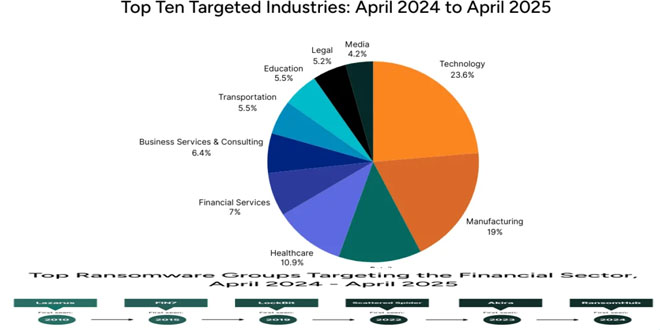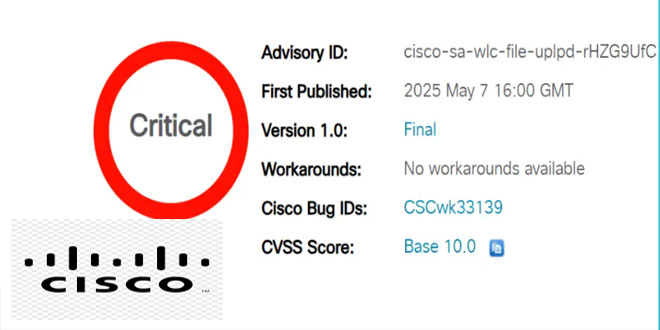According to Nozomi Networks, cyber threats related to malware in operational technology (OT) and Internet of Things (IoT) environments have increased tenfold in the first six months of 2023 compared to the previous six months.
The latest Nozomi Networks Labs OT & IoT Security Report was compiled by the security vendor using a combination of ICS vulnerabilities, data collected from IoT honeypots, and attack statistics gathered from OT environments.
“Specific to malware, denial-of-service (DoS) activity remains one of the most prevalent attacks against OT systems,” the vendor explained in a blog post announcing the report.
ALSO READ:
The category most commonly utilized by attackers to obtain control over compromised machines is the remote access trojan (RAT). Without a doubt, in the realm of IoT network domains, the most dangerous threat is the Distributed Denial of Service (DDoS) attacks. This year, malicious IoT botnets continue to represent a substantial danger. Threat actors are persistently targeting interconnected IoT devices, exploiting default credentials in their relentless pursuit of gaining access.
The report states that Trojans, “dual use” malware, and ransomware were frequently detected in both OT and IoT environments. Phishing was identified as a common method used to steal information, gain initial access, and distribute malware. New variants of the 2016 Mirai botnet were also uncovered.
There was a 22% decrease in alerts compared to the last six months. However, poor authentication and neglecting password hygiene are still the most significant threats during this period. Moreover, there was a notable increase of 15% in network anomalies and attacks. Additionally, access control and authorization threats showed a significant surge of 128%.
According to Nozomi Networks, the sectors most severely affected were manufacturing, energy, healthcare, water, and wastewater, as well as the public sector.
According to the report, water treatment plants encountered a significant volume of generic network scans, while oil and gas establishments endured OT protocol packet injection attacks.
During a span of six months, a staggering 643 vulnerabilities related to OT/IoT were brought to light, highlighting the persistent security risks that exist in this domain. Moreover, Nozomi’s honeypots were adept at uncovering an alarming average of 813 distinct attacks on a daily basis.
 InfoSecBulletin Cybersecurity for mankind
InfoSecBulletin Cybersecurity for mankind















